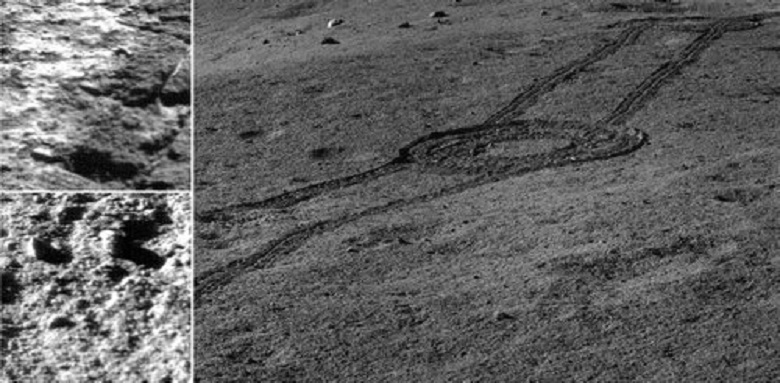Sometimes, it’s hard to remember that Earth is constantly being bombarded by literally tons of space debris daily. The larger bits form what we know as shooting stars, and most burn up in the atmosphere. Still, throughout our planet’s history, giant versions have caused devastation unlike anything else seen on this planet. Tracking these types of objects is typically done from the Earth, but a new mission set out by researchers in Italy has a novel idea – why not try to learn more about potential impactors by watching them hit the far side of the Moon?
Continue reading “A New Mission Watches Meteoroids Hit the Far Side of the Moon”China’s Chang’e-6 Probe Drops Off Samples From Moon’s Far Side

Three weeks after it lifted off from the far side of the moon, China’s Chang’e-6 spacecraft dropped off a capsule containing first-of-its-kind lunar samples for retrieval from the plains of Inner Mongolia.
The gumdrop-shaped sample return capsule floated down to the ground on the end of a parachute, with the descent tracked on live television. After today’s touchdown, at 2:07 p.m. local time (0607 GMT), members of the mission’s recovery team checked the capsule and unfurled a Chinese flag nearby.
Chang’e-6, which was launched in early May, is the first robotic mission to land and lift off again from the moon’s far side — the side that always faces away from Earth. It’s also the first mission to bring dirt and rocks from the far side back to Earth.
“The Chang’e-6 lunar exploration mission achieved complete success,” Zhang Kejian, director of the China National Space Administration, said from mission control. Chinese President Xi Jinping extended congratulations to the mission team, the state-run Xinhua news service reported.
Continue reading “China’s Chang’e-6 Probe Drops Off Samples From Moon’s Far Side”Wireless Power Transmission Could Enable Exploration of the Far Side of the Moon
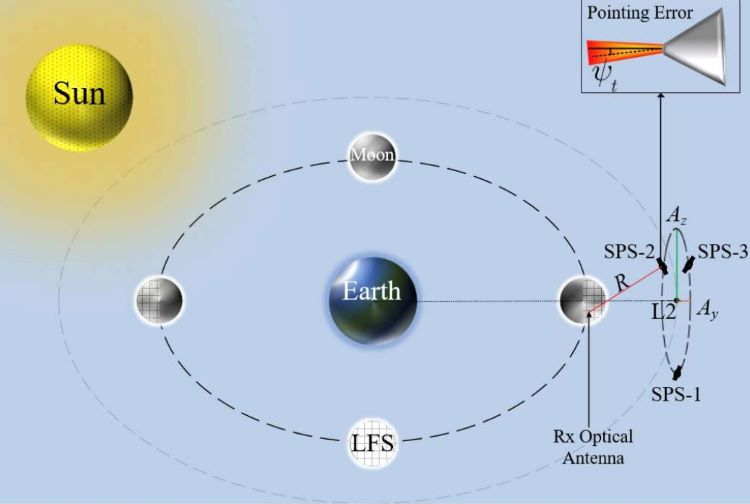
How can future lunar exploration communicate from the far side of the Moon despite never being inline with the Earth? This is what a recent study submitted to IEEE Transactions on Aerospace and Electronic Systems hopes to address as a pair of researchers from the Polytechnique Montréal investigated the potential for a wireless power transmission method (WPT) comprised of anywhere from one to three satellites located at Earth-Moon Lagrange Point 2 (EMLP-2) and a solar-powered receiver on the far side of the Moon. This study holds the potential to help scientists and future lunar astronauts maintain constant communication between the Earth and Moon since the lunar far side of the Moon is always facing away from Earth from the Moon’s rotation being almost entirely synced with its orbit around the Earth.
Continue reading “Wireless Power Transmission Could Enable Exploration of the Far Side of the Moon”Finally, an Explanation for the Moon’s Radically Different Hemispheres
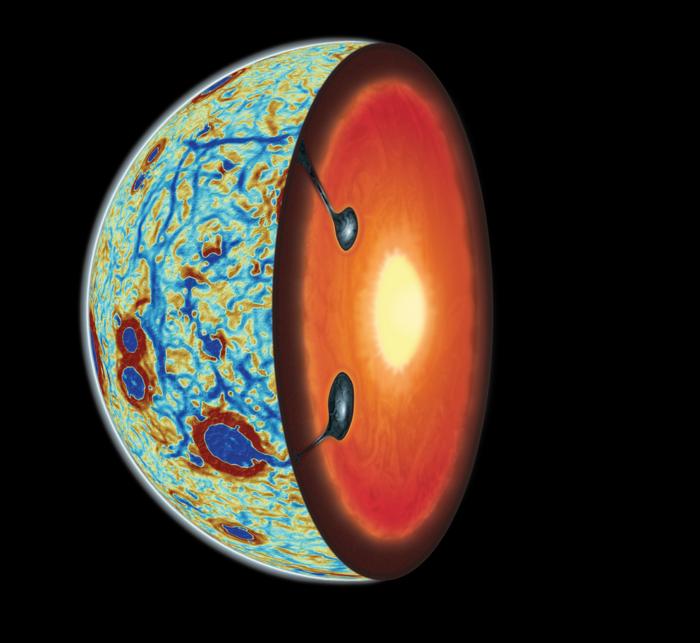
Pink Floyd was wrong, there is no dark side to the Moon. There is however, a far side. The tidal effects between the Earth and Moon have caused this captured or synchronous rotation. The two sides display very different geographical features; the near side with mare and ancient volcanic flows while the far side displaying craters within craters. New research suggests the Moon has turned itself inside out with heavy elements like titanium returning to the surface. It’s now thought that a giant impact on the far side pushed titanium to the surface, creating a thinner more active near side.
Continue reading “Finally, an Explanation for the Moon’s Radically Different Hemispheres”Astronomers are Working to Put a Radio Telescope on the Far Side of the Moon by 2025
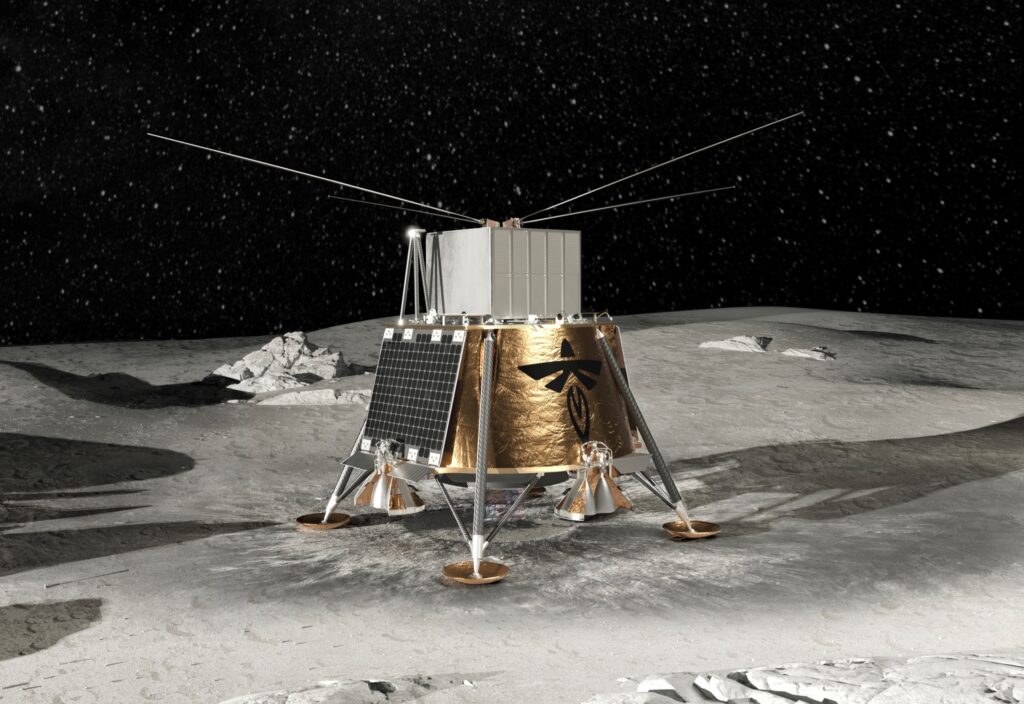
The Moon will be a popular destination for space programs worldwide in the coming years. By 2025, NASA’s Artemis III mission will land the first astronauts (“the first woman and first person of color”) onto the lunar surface for the first time since the end of the Apollo Era, over fifty years ago. They will be joined by multiple space agencies, as per the Artemis Accords, that will send European, Canadian, Japanese, and astronauts of other nationalities to the lunar surface. These will be followed in short order by taikonauts (China), cosmonauts (Russia), and vyomanauts (India), who will conduct similarly lucrative research and exploration.
Having facilities in orbit of the Moon, like the Artemis Base Camp, the International Lunar Research Station, and others, will enable all manner of scientific research that is not possible on Earth or in Earth orbit. This includes radio astronomy, which would be free of terrestrial interference on the far side of the Moon and sensitive enough to detect light from previously unexplored cosmological periods. This is the purpose of a pathfinder project known as the Lunar Surface Electromagnetics Experiment-Night (LuSEE-Night) that will leave for the Moon next year and spend the next 18 months listening to the cosmos!
Continue reading “Astronomers are Working to Put a Radio Telescope on the Far Side of the Moon by 2025”Chang’e-4 Lander and its Rover Have Turned up new Mysteries on the Moon’s far side. The Moon’s Mantle Blasted Onto the Surface?
On January 3rd, 2019, the Chinese National Space Administration (CNSA) successfully landed their Chang’e-4 mission on the far side of the Moon. This mission represents a major milestone for China, being the fourth lander-rover mission to be sent to the Moon, and the first mission in history to land on the “dark side of the Moon”. And what it manages to uncover
For example, the mission’s Yutu-2 (Jade Rabbit-2) rover made an impressive find that may confirm a theory about lunar impacts. After collecting spectral data from the moon’s largest crater (the South Pole-Aitken Basin) the Chang’e-4 mission team from the Chinese Academy of Sciences (CAS) concluded that the impact that created the Basin turned up material from deep within the Moon’s mantle. This finding could offer new insight into how the Moon evolved over the course of billions of years.
Continue reading “Chang’e-4 Lander and its Rover Have Turned up new Mysteries on the Moon’s far side. The Moon’s Mantle Blasted Onto the Surface?”The Dutch Are Going To The Moon With The Chinese
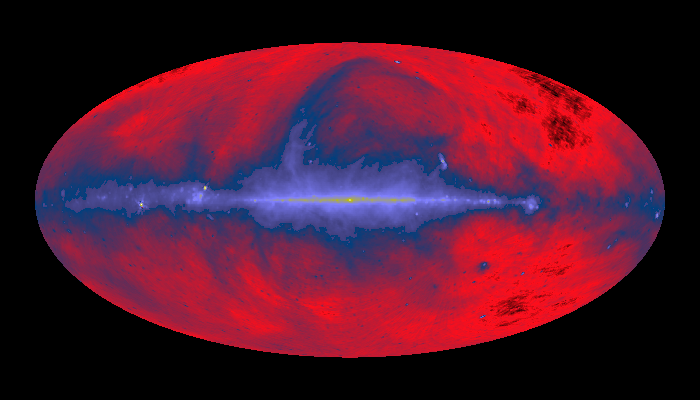
One of the defining characteristics of the New Space era is partnerships. Whether it is between the private and public sector, different space agencies, or different institutions across the world, collaboration has become the cornerstone to success. Consider the recent agreement between the Netherlands Space Office (NSO) and the Chinese National Space Agency (CNSA) that was announced earlier this week.
In an agreement made possible by the Memorandum of Understanding (MoU) signed in 2015 between the Netherlands and China, a Dutch-built radio antenna will travel to the Moon aboard the Chinese Chang’e 4 satellite, which is scheduled to launch in 2018. Once the lunar exploration mission reaches the Moon, it will deposit the radio antenna on the far side, where it will begin to provide scientists with fascinating new views of the Universe.
The radio antenna itself is also the result of collaboration, between scientists from Radboud University, the Netherlands Institute for Radio Astronomy (ASTRON) and the small satellite company Innovative Solutions in Space (ISIS). After years of research and development, these three organizations have produced an instrument which they hope will usher in a new era of radio astronomy.
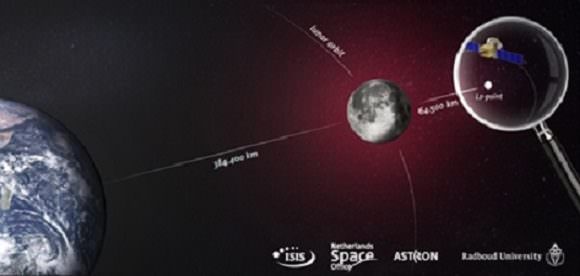
Essentially, radio astronomy involves the study of celestial objects – ranging from stars and galaxies to pulsars, quasars, masers and the Cosmic Microwave Background (CMB) – at radio frequencies. Using radio antennas, radio telescopes, and radio interferometers, this method allows for the study of objects that might otherwise be invisible or hidden in other parts of the electromagnetic spectrum.
One drawback of radio astronomy is the potential for interference. Since only certain wavelengths can pass through the Earth’s atmosphere, and local radio wave sources can throw off readings, radio antennas are usually located in remote areas of the world. A good example of this is the Very-Long Baseline Array (VLBA) located across the US, and the Square Kilometer Array (SKA) under construction in Australia and South Africa.
One other solution is to place radio antennas in space, where they will not be subject to interference or local radio sources. The antenna being produced by Radbound, ASTRON and ISIS is being delivered to the far side of the Moon for just this reason. As the latest space-based radio antenna to be deployed, it will be able to search the cosmos in ways Earth-based arrays cannot, looking for vital clues to the origins of the universe.
As Heino Falke – a professor of Astroparticle Physics and Radio Astronomy at Radboud – explained in a University press release, the deployment of this radio antenna on the far side of the Moon will be an historic achievement:
“Radio astronomers study the universe using radio waves, light coming from stars and planets, for example, which is not visible with the naked eye. We can receive almost all celestial radio wave frequencies here on Earth. We cannot detect radio waves below 30 MHz, however, as these are blocked by our atmosphere. It is these frequencies in particular that contain information about the early universe, which is why we want to measure them.”
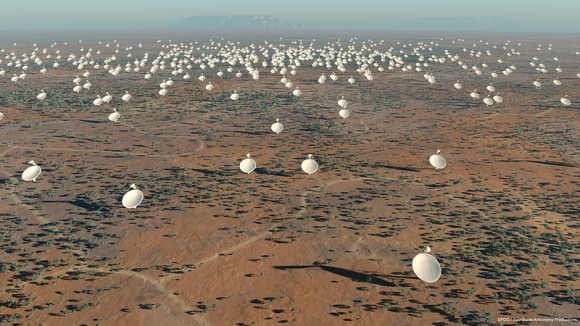
As it stands, very little is known about this part of the electromagnetic spectrum. As a result, the Dutch radio antenna could be the first to provide information on the development of the earliest structures in the Universe. It is also the first instrument to be sent into space as part of a Chinese space mission.
Alongside Heino Falcke, Marc Klein Wolt – the director of the Radboud Radio Lab – is one of the scientific advisors for the project. For years, he and Falcke have been working towards the deployment of this radio antenna, and have high hopes for the project. As Professor Wolt said about the scientific package he is helping to create:
“The instrument we are developing will be a precursor to a future radio telescope in space. We will ultimately need such a facility to map the early universe and to provide information on the development of the earliest structures in it, like stars and galaxies.”
Together with engineers from ASTRON and ISIS, the Dutch team has accumulated a great deal of expertise from their years working on other radio astronomy projects, which includes experience working on the Low Frequency Array (LOFAR) and the development of the Square Kilometre Array, all of which is being put to work on this new project.
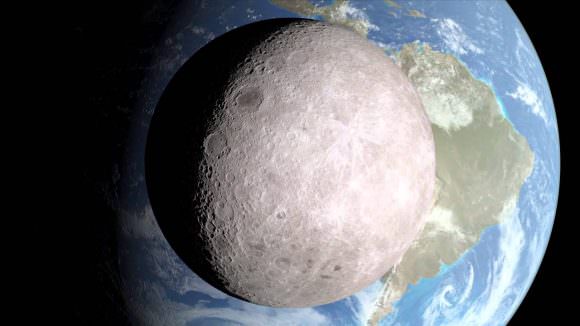
Other tasks that this antenna will perform include monitoring space for solar storms, which are known to have a significant impact on telecommunications here on Earth. With a radio antenna on the far side of the Moon, astronomers will be able to better predict such events and prepare for them in advance.
Another benefit will be the ability to measure strong radio pulses from gas giants like Jupiter and Saturn, which will help us to learn more about their rotational speed. Combined with the recent ESO efforts to map Jupiter at IR frequencies, and the data that is already arriving from the Juno mission, this data is likely to lead to some major breakthroughs in our understanding of this mysterious planet.
Last, but certainly not least, the Dutch team wants to create the first map of the early Universe using low-frequency radio data. This map is expected to take shape after two years, once the Moon has completed a few full rotations around the Earth and computer analysis can be completed.
It is also expected that such a map will provide scientists with additional evidence that confirms the Standard Model of Big Bang cosmology (aka. the Lambda CDM model). As with other projects currently in the works, the results are likely to be exciting and groundbreaking!
Further Reading: Radbound University
Moon Transits Earth in Eye-poppingly EPIC View from 1 Million Miles Away
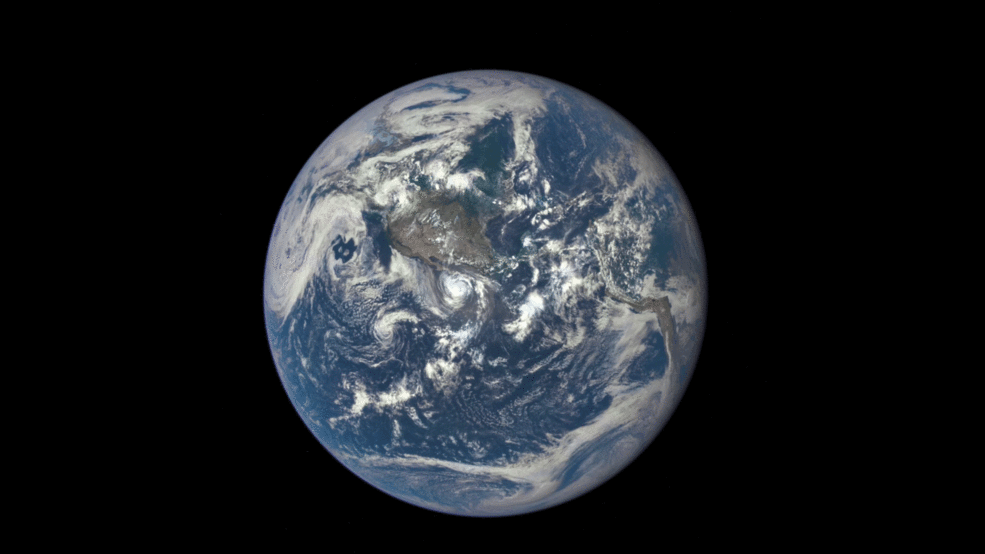
This animation shows images of the far side of the moon, illuminated by the sun, as it crosses between the DISCOVR spacecraft’s Earth Polychromatic Imaging Camera (EPIC) camera and telescope, and the Earth – one million miles away. Credit: NASA/NOAA
See YouTube version and EPIC camera below[/caption]
An eye-poppingly ‘EPIC’ view of the sunlit far side of the Moon transiting the sunlit side of Earth was recently captured by NASA’s Earth Polychromatic Imaging Camera (EPIC) camera from one million miles away. “Wow!” – is an understatement!
The stunning animation of the Moon crossing in front of the Earth, shown above, and seemingly unlike anything else, was created from a series of images taken in July by NASA’s EPIC camera flying aboard the orbiting Deep Space Climate Observatory (DSCOVR), a space weather monitoring satellite, according to a NASA statement.
Have just witnessed NASA’s New Horizons flyby of the Pluto-Charon double planet system, the similarity to what some call the Earth-Moon double planet system is eerie. You could imagine ones heart going out to Earth’s Australian continent as an upside down version of Pluto’s bright heart shaped ‘Tombaugh Regio’ region in the southern hemisphere.
EPIC is a four megapixel CCD camera and telescope mounted on DSCOVR and orbiting at the L1 Lagrange Point – a neutral gravity point that lies on the direct line between Earth and the sun.
The goal of the $340 million DSCOVR is to monitor the solar wind and aid very important forecasts of space weather at Earth from L1.
EPIC will capture “a constant view of the fully illuminated Earth as it rotates, providing scientific observations of ozone, vegetation, cloud height and aerosols in the atmosphere.”
L1 is located 1.5 million kilometers (932,000 miles) sunward from Earth. At L1 the gravity between the sun and Earth is perfectly balanced and the DSCOVR satellite orbits about that spot just like a planet.
The EPIC images “were taken between 3:50 p.m. and 8:45 p.m. EDT on July 16, showing the moon moving over the Pacific Ocean near North America,” NASA said.

You can see Earth’s North Pole at the upper left side of the images which results from the orbital tilt of Earth from the vantage point of the spacecraft at the L1 Lagrange Point.
EPIC will take full disk color images of the sunlit side of Earth at least six times per day.
They will be made publically available by NASA at a dedicated website, when the camera starts its regular daily science observation campaign of the home planet in about a month during September.
NASA says the images will show varying views of the rotating Earth and they will be posted online some 12 to 36 hours after they are acquired.
Each image is actually a composite of three images taken in the red, green and blue channels of the EPIC camera to provide the final “natural color” image of Earth. Since the images are taken about 30 seconds apart as the moon is moving there is a slight but noticeable artifact on the right side of the moon, NASA explained.
Altogether, “ EPIC takes a series of 10 images using different narrowband spectral filters — from ultraviolet to near infrared — to produce a variety of science products. The red, green and blue channel images are used in these color images.”
EPIC should capture these Earth-Moon transits about twice per year as the orbit of DSCOVR crosses the orbital plane of the moon.
The closest analog according to NASA came in May 2008 when NASA’s Deep Impact spacecraft “captured a similar view of Earth and the moon from a distance of 31 million miles away. The series of images showed the moon passing in front of our home planet when it was only partially illuminated by the sun.”
We never see the far side of the moon from Earth since the bodies are tidally locked. And its quite apparent from the images, that the moon’s far side looks completely different from the side facing Earth. The far side lacks the large, dark, basaltic plains, or maria, that are so prominent on the Earth-facing side.
“It is surprising how much brighter Earth is than the moon,” said Adam Szabo, DSCOVR project scientist at NASA’s Goddard Space Flight Center in Greenbelt, Maryland, in a statement.
“Our planet is a truly brilliant object in dark space compared to the lunar surface.”
DSCOVR is a joint mission between NOAA, NASA, and the U.S Air Force (USAF) that is managed by NOAA. The satellite and science instruments were provided by NASA and NOAA.
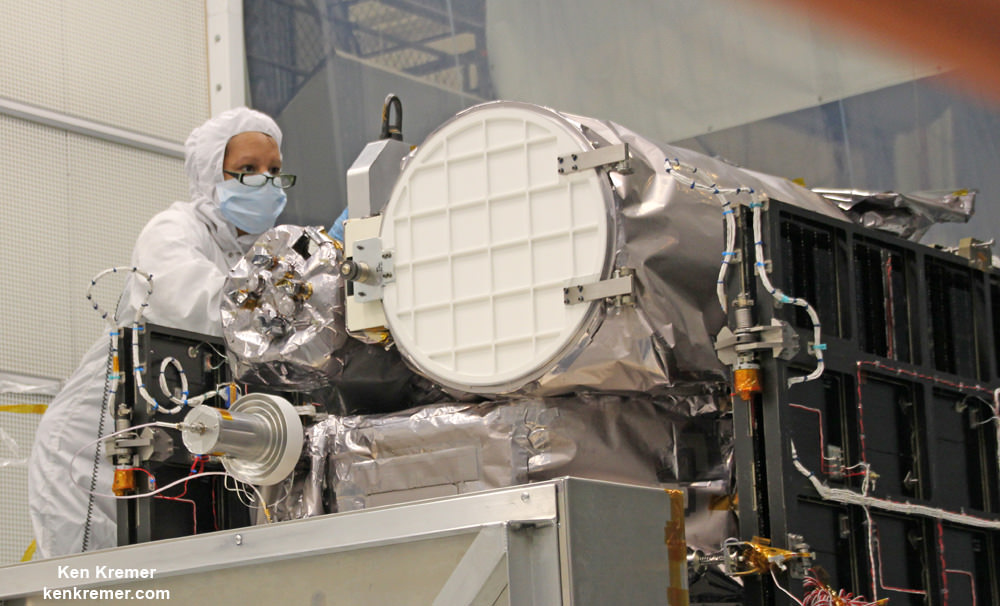
The couch sized probe was launched atop a SpaceX Falcon 9 on Feb. 11, 2015 from Cape Canaveral, Florida, to start a million mile journey to its deep space observation post. The rocket was funded by the USAF.
DSCOVR was first proposed in 1998 by then US Vice President Al Gore as the low cost ‘Triana’ satellite to take near continuous views of the Earth’s entire globe to feed to the internet as a means of motivating students to study math and science. It was eventually built as a much more capable Earth science satellite that would also conduct the space weather observations.
But Triana was shelved for purely partisan political reasons and the satellite was placed into storage at NASA Goddard and the science was lost until now.
It was also dubbed “Goresat.’
Stay tuned here for Ken’s continuing Earth and planetary science and human spaceflight news.
Video caption: This animation shows images of the far side of the moon, illuminated by the sun, as it crosses between the DISCOVR spacecraft’s Earth Polychromatic Imaging Camera (EPIC) camera and telescope, and the Earth – one million miles away. Credit: NASA/NOAA
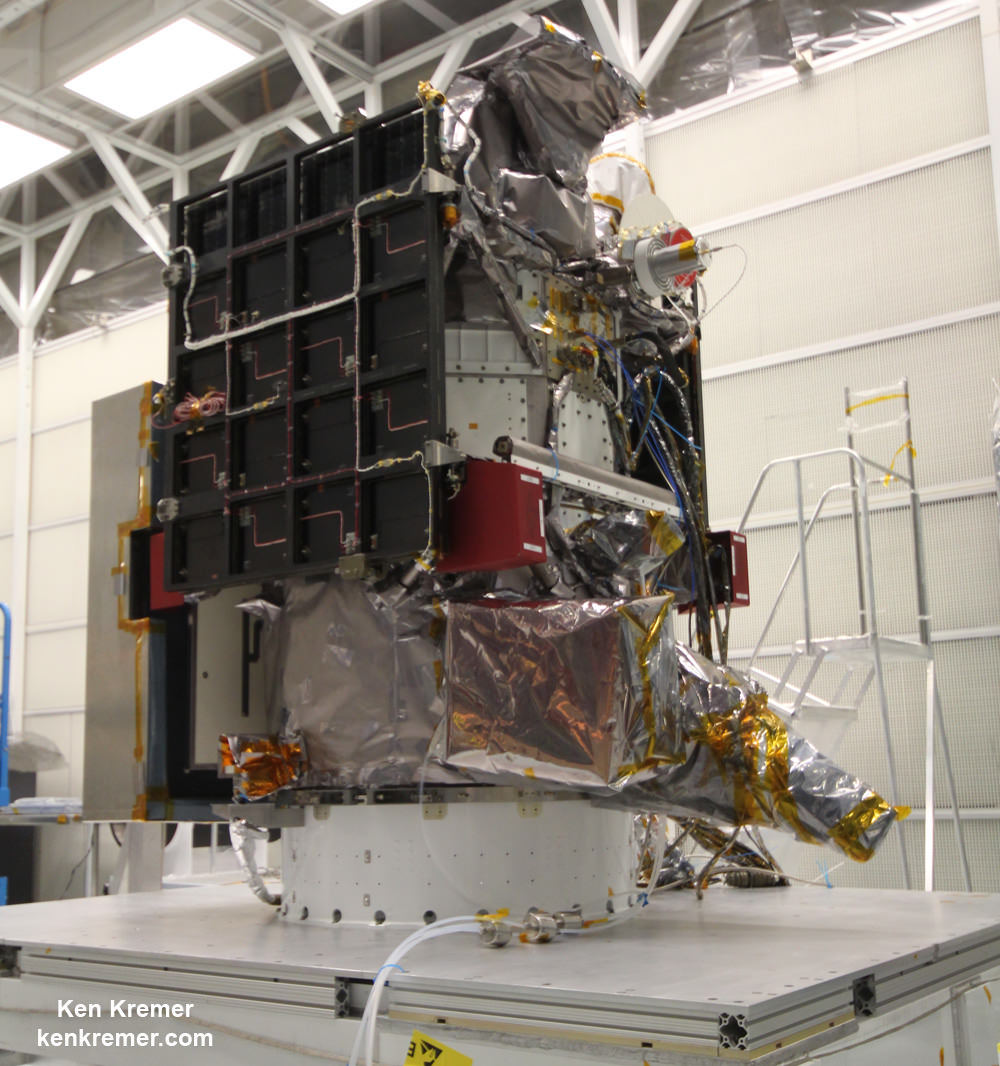
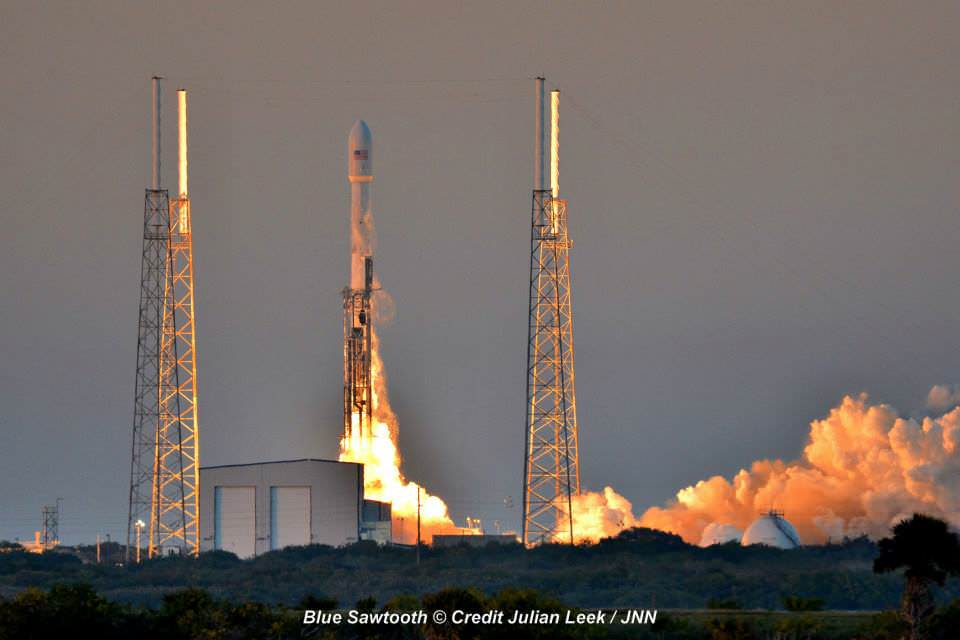
Europa’s Tidal Processes Give Hints to Our Moon’s Far-side Bulge
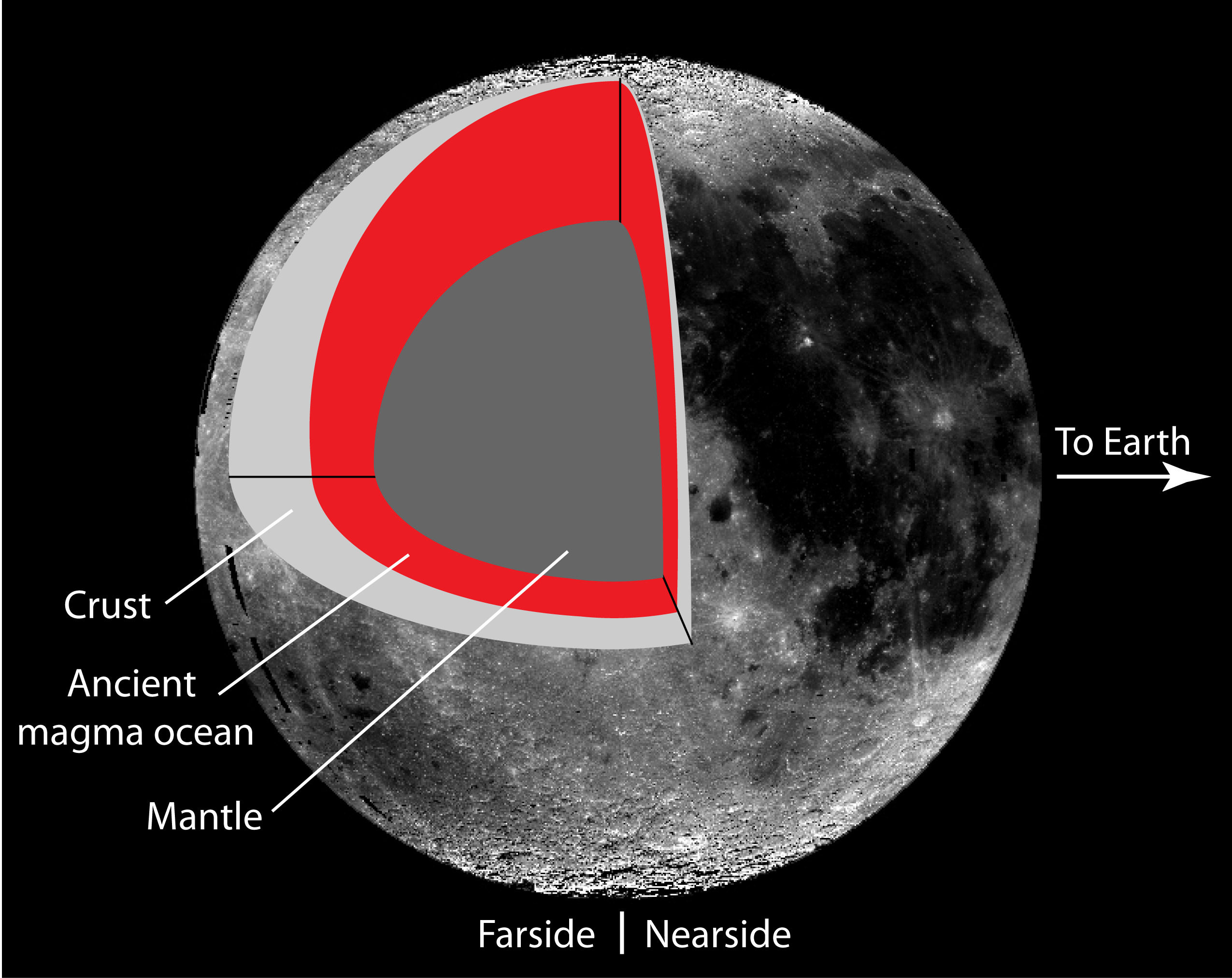
[/caption]
A self-conscious Moon might ask, “Does my far side look big?” To which lunar scientists would have to reply in the affirmative. They have long known there is a bulge on the Moon’s far side, a thick region of the lunar crust which underlies the farside highlands. But why that bulge is there has been a mystery, and the fact that the far side always faces away from Earth hasn’t helped. Now, a group of international scientists have found that perhaps the tidal processes of Jupiter’s icy moon, Europa, can provide a clue.
“Europa is a completely different satellite from our moon, but it gave us the idea to look at the process of tidal flexing of the crust over a liquid ocean,” said Ian Garrick-Bethell, the lead author of a new paper that offers an explanation for the lop-sided Moon.
Since the Apollo 15 laser altimeter experiment, scientists have known that a region of the lunar far side highlands is the highest place on the Moon. Additionally, the far side has only highlands and no maria.
Like Europa’s icy crust that sits over an ocean of liquid water, the Moon’s crust once floated on a sub-surface ocean of liquid rock. So, could the same gravitational forces from Jupiter that influence Europa also apply to the Earth’s influence on the early Moon?
Garrick-Bethell, from UC Santa Cruz, and his team found that the shape of the Moon’s bulge can be calculated by looking at the variations in tidal heating as the ancient lunar crust was being torn away from the underlying ocean of liquid magma.

With Europa in mind, the scientists looked at global topography and gravity data sets of the Moon, trying to determine the possibility of how about 4.4 billion years ago, the gravitational pull of the Earth could have caused tidal flexing and heating of the lunar crust. At the polar regions, where the flexing and heating was greatest, the crust became thinner, while the thickest crust would have formed in the regions in line with the Earth.
To back up their theory, they found that a simple mathematical function — a 2-degree spherical harmonics function — can explain the phenomenon. “What’s interesting is that the form of the mathematical function implies that tides had something to do with the formation of that terrain,” said Garrick-Bethell.

However, this doesn’t explain why the bulge is now found only on the farside of the Moon. “You would expect to see a bulge on both sides, because tides have a symmetrical effect,” Garrick-Bethell said. “It may be that volcanic activity or other geological processes over the past 4.4 billion years have changed the expression of the bulge on the nearside.”
Garrick-Bethell said his team hopes to continue to do more modeling and calculations to fully describe the far side’s features.
“It’s still not completely clear yet, but we’re starting to chip away at the problem,”he said.
The paper will be published in the November 12, 2010 issue of Science.
(Paper not yet available — we’ll post the link when it goes online).


